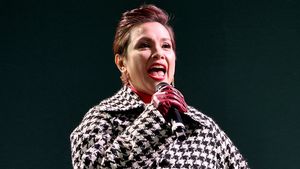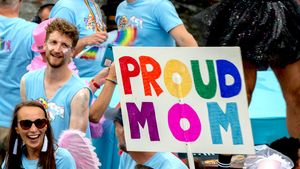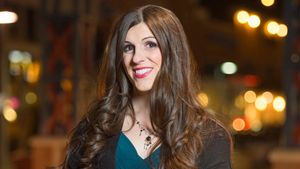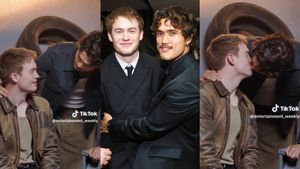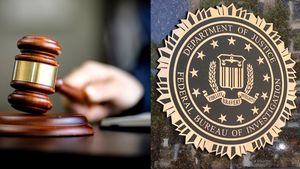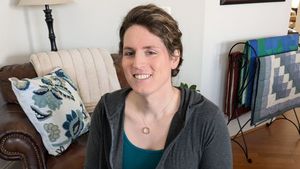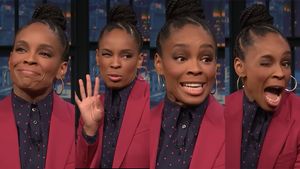Hallmark has made good on its promise to become more queer-inclusive with its holiday films, and it sounds like the company plans to continue doing just that in the new year.
The network launched its first Christmas film featuring a queer couple in a major storyline in 2020, although it wasn’t until last year that they put a gay couple front and center in the same way that most of their holiday films revolve around the story of a single heterosexual couple.
This season, we have two LGBTQ-led films from Hallmark—Christmas on Cherry Lane, starring Jonathan Bennett and Vincent Rodriguez III, and Friends & Family Christmas, starring Ali Liebert and Humberly Gonzales.
In a recent conversation with TheWrap, programming Executive Vice President Lisa Hamilton Daly reaffirmed the network’s commitment to staying inclusive.
“We really want people to be able to see themselves in our movies, and we know that people seeing themselves means that there’s a wider range of people who really are excited when we tell their stories,” she said. “I think it’s just smart business. There’s a lot of amazing people in the world with amazing stories, and we just want to be sure that we’re looking around and really including them.”
One would think by now that understanding catering to all groups of consumers is a smart business move would be common sense, but the reluctance of other companies to stay committed to including LGBTQ+ stories in their lineups is noticeable.
When it comes to holiday movies in particular, Hallmark stepping out from the shadow cast by former Crown Media CEO Bill Abbott is highlighted even further thanks to Abbott’s subsequent creation of Great American Family, a network that has already positioned itself as resistant to any sort of queer inclusion in the name of servicing “traditional” families.
In another world, perhaps Hallmark’s gradual inclusion or GAC’s resistance to it would be less notable, but because the two are so uniquely positioned against one another, it’s impossible not to pay attention to how the broad questions of diversity and inclusivity wind up setting them apart.
The Christian Post recently tried to stir up concerns that remaining LGBTQ-friendly is going to cost Hallmark viewers, while GAC continues to grow, but the facts simply don’t back that up. Candace Cameron Bure, who initially got the network into hot water with her comments about centering their films around “traditional marriage” last year, is essentially the face of GAC, serving as both its Chief Creative Officer and its biggest star, yet her recent Christmas film massively underperformed compared to last year's, pulling in just 371,000 viewers.
Christmas on Cherry Lane, on the other hand, amassed two million viewers upon its premiere this past weekend. The Great American Family movie that premiered the same night was seen by a relatively pitiable 294,000 people. (Friends & Family Christmas has yet to air.)
Homophobes and anyone else who views inclusivity as a direct threat to their own lives may have enjoyed being loud and abrasive this year, screaming about everything from Bud Light to Target pride displays, acting like foolish temper tantrum-throwing children the entire way, but despite what fearmongers would have us believe, being loud doesn’t equate to being the majority. And considering Hallmark has been the top watched entertainment cable network four quarters in a row, suggesting inclusivity will be their downfall is laughable at best.
While Bure and Abbott are busy throwing out homophobic dog whistles regarding traditional family values and how GAC wants to “celebrate faith, family, and country” while “Hollywood…is denigrating” those things (according to Abbott, anyway), Hamilton Daly makes it painfully clear that Hallmark has a much deeper understanding of why these types of holiday movies mean so much to people.
“At the core of all of our movies, it comes down to emotional connections between people and a positive outcome,” she said. “We stay rooted in those essential elements that people are always going to find their way back to each other — whether it’s a family or romantic couple or a group of friends.”
When one network can only differentiate itself by harping on exclusion and lashing out at big bad Hollywood and the other simply sticks to focusing on the elements of the human experience that resonate with all of us, it’s not difficult to figure out which one is making better movies. And clearly, audiences can see that, too.
From Your Site Articles
Related Articles Around the Web
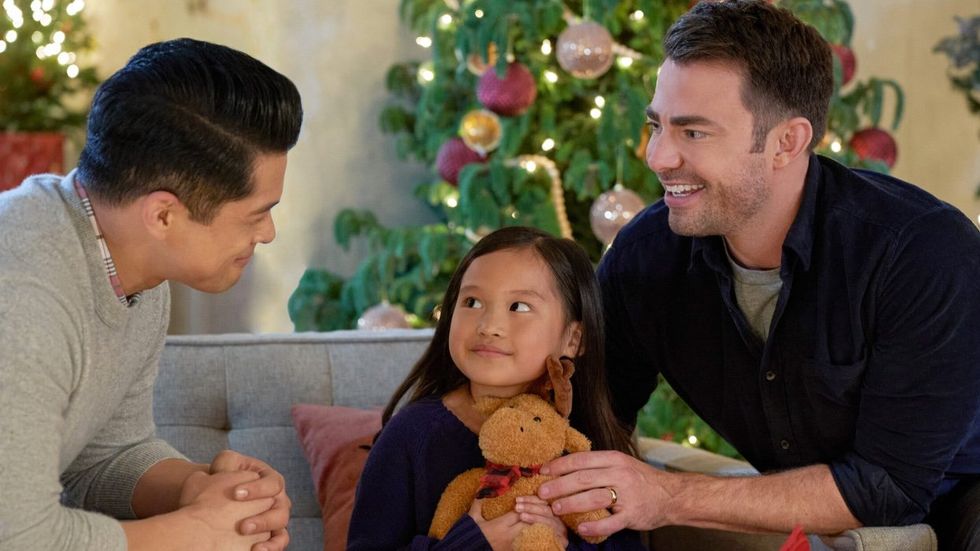



























































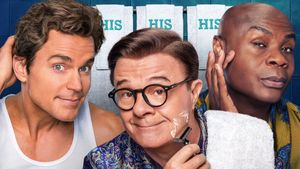
![Paulie Calafiore dishes on his steamy thirst traps: 'Everybody wants to see [me] half-naked'](https://www.out.com/media-library/image.jpg?id=59778323&width=300)
